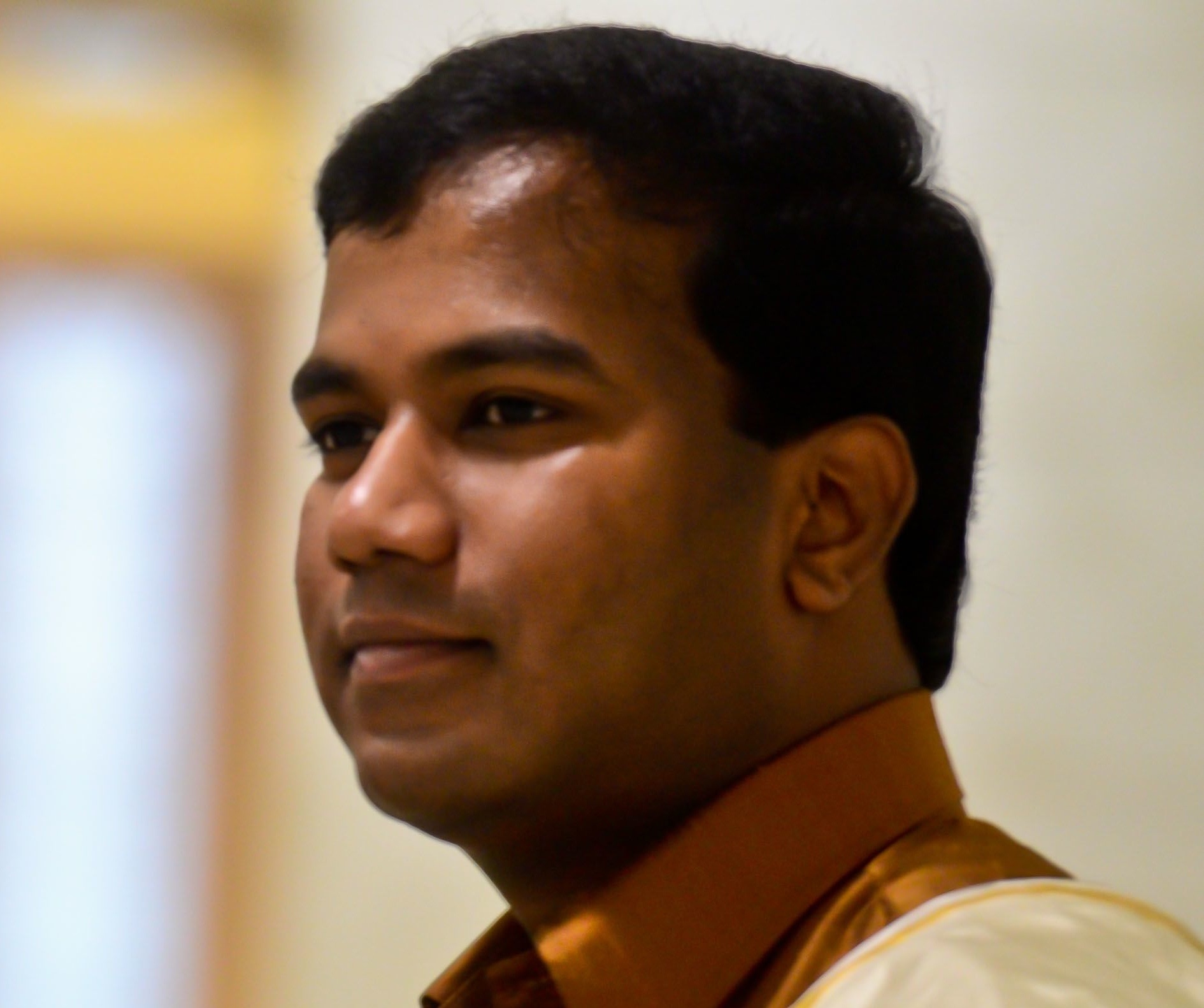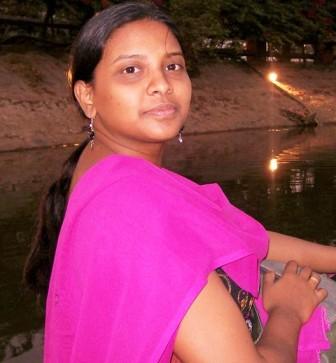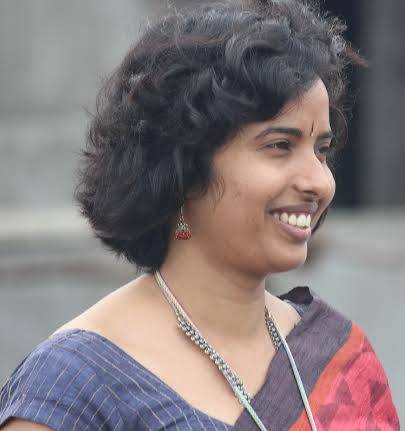Rahul Sonpimple
 Charisma is elusive yet the most common term to define leadership. Charismatic leadership is usually perceived as essential and assenting, specifically in politics. However, the history of charismatic leadership may not allow one to continue with such romanticism. Nazism led by Hitler and Italian Fascism led by Mussolini are the two most discussed and disconsolate examples of charismatic leadership. Charisma indeed has been explained as an exceptional quality of a leader – endowed with supernatural and divine power.
Charisma is elusive yet the most common term to define leadership. Charismatic leadership is usually perceived as essential and assenting, specifically in politics. However, the history of charismatic leadership may not allow one to continue with such romanticism. Nazism led by Hitler and Italian Fascism led by Mussolini are the two most discussed and disconsolate examples of charismatic leadership. Charisma indeed has been explained as an exceptional quality of a leader – endowed with supernatural and divine power.
For Max Weber – the architect of the concept of Charismatic leadership, charisma is one of the ways of establishing leadership legitimacy. Nevertheless, the nature and significance of charismatic leadership are subjected to the subjectivities of social structures and communities in which it evolves and operates. For instance, while Gandhi’s charisma rooted in his ideal of ‘Seva’ appealed to his Hindu upper-caste followers, Ambedkar’s charisma revolved around the philosophy of justice and attracted followers from the depressed classes. Gandhi’s appearance in public as a half-naked poor man (Fakir) helped him to gain leadership legitimacy to represent the colonized masses. On the contrary, Ambedkar’s persona in public, as a modern English educated fiery barrister was seen more as a conscious construct against the elitist romanticism of poverty and tyranny.
Notably, both Gandhi and Ambedkar sustained their charisma with strong organizational and ideological support. Moreover, sustaining charisma for a leader from a weaker section is further challenging as they lack the required resources, socio-cultural capital, and most importantly their charisma does not harmonize with the popular-normative discourse. They are situationally located against the dominus’s shared consciousness and are deviant to the governing culture. Traditionally leadership of elite is presented as the natural authority to lead the oppressed masses. Once again, for instance, Gandhi’s contestation against Ambedkar’s claim as a leader of the erstwhile untouchables and presetting himself as a natural leader of all Hindus is a classic example of the elitist opposition to the subaltern autonomy.
Moreover, Ambedkar’s leadership was judged and scrutinized by upper-caste Hindus within the sphere of Hindu morality rooted in Brahmin shastras. Gandhi, nevertheless, enjoyed Mahatmahood endowed by the same Brahmanical morals and ethicality. Ambedkar on the other hand upheld his leadership through his dedicated supporters and his organizational transformative politics. The history of the post- Ambedkar Dalit leadership, however, is marked by both a heroic rise and decline of the leadership. Dada Saheb Gaikwad who had mass followership but couldn’t sustain his charisma for a long time and under his leadership Republican Party of India (RPI) splintered twice and since then remains fractured even after plenty of efforts to reunite the party as one.
The split within the leadership, violent atrocities on dalits, and economic vulnerabilities led to the emergence of a young urban-slum-educated Dalit youth organization, the Dalit Panther in 1972. Although, its militant nature and ‘tit for tat’ strategies under two prominent –charismatic leaders Dhale & Dhasal gained widespread popularity and support from dalit communities, the leadership charisma alone couldn’t sustain their movement for a long time. The famous Dhale-Dhasal split resulted in the distressing end of the Dalit Panther. While the charismatic leadership of RPI and Dalit Panther helped to widen their reach, the absence of ideological homogeneity, organizational fragilities, no cadres but mere followers, state scrutiny, continuous attacks by upper-caste political parties and organizations, and several other issues led to their their downfall.
The experiences from earlier loosely organized movements and splintered charismatic leadership consequently led to the formation of BAMCEF [All India Backward (SC, ST, and OBC) and minority communities employees’ federation] under the aegis of Kanshi Ram and D.K. Khaparde in 1973. Its members were government employees. BAMCEF aimed to unite the SC, ST, OBC, and minorities employees with the motto to ‘payback to society’ and create a think tank and intellectuals who would go to the community and work to spread consciousness. BAMCEF was fashioned on the line of producing non-agitational – trained cadre-based organization with institutional-collective leadership against the individual charismatic authority. With leadership from its educated government employee and trained cadres, BAMCEF could successfully organize resources to sustain the movement.
BAMCEF grew unexpectedly in various North and southern states,including Maharashtra. While its institutionalized activism strengthened to spread the ideological uniformity and consciousness at grassroots among dalits, it created a concrete base for autonomous dalit politics. BSP’s initial escalation in electoral politics was greatly derived from BAMCEF’s work. However, even though, the BAMCEF aimed to build an institutional leadership free from individual charisma, the organization unpredictably became a victim of individual charisma and hero worship. In 1985, Kanshi Ram decided to transform BAMCEF into a shadow organization. BAMCEF broke into fractions. The majority of BAMCEF activists and members were under the influence of Kanshi Ram which helped him turn BAMCEF into a shadow organization for BSP which later became an important body to organize material resources for the party. In 1987 Khaparde and T.S. Jhalli, two prominent leaders of BAMCEF created their own BAMCEF with remaining supporters and members.
BSP grew as a major political party of Dalits in north India under the leadership of Kanshiram. In Maharashtra, specifically in Vidarbha and Marathwada regions, BSP has had a considerable influence, where the party gained 11.4 percent and 6.1 percent of the vote share respectively, in the 2009 Lok Sabha elections. However, having its base in Uttar Pradesh and being an organization with a structure of individualistic leadership, there has been no popular or significant Dalit leadership of BSP in Maharashtra and other states. The absence of strong local and state-level Dalit leadership in the party led to the fall in its influence where once upon a time it used to have strong support. For instance, in states like Madhya Pradesh, Rajasthan, and Maharashtra BSP’s influence declined considerably. Also, the popularity of BSP in other states is directly linked with the performance of its main leadership in UP.
Although through its cadre BSP is structurally stronger than other Dalit parties, the party’s involvement in most of the issues related to Dalits, Adivasis, OBCs, and Muslims has been negligible and unimpressive in the recent past. The rise of Chandrasekhar Azad’s Bhim Army in U.P can be understood in this context where Chandrasekhar’s activism fulfills the void created because of BSP’s passivity towards social issues of dalit communities such as caste atrocities, violence, discrimination etc. Interestingly, Bhim Army’s emergence in U.P politics takes us back to the initial years of Dalit Panther in Maharashtra where it had spread rapidly among Dalits, yet, due to informal structurization of leadership, it receded into the background.
The excessive celebration and importance of charismatic leadership in people’s movements cancel the role of the masses as participants and reduces them to merely agency-less followers. The post-Ambedkar dalit movement is a victim of the over-emphasized aspect of charismatic leadership. Ambedkar was critical of the celebration of heroic personalities in politics and social movements. In this regard to create a well-informed institutionalized charismatic leadership, Ambedkar himself took a charge to open the ‘Training School for Entrance to Politics’ in July 1956. However, after Ambedkar’s death, the School was closed down and to date remains a silent feature in the history of the post-Ambedkar dalit movement. Ambedkar had a vision to create ‘conscious disciplined’ subaltern leadership balanced with organizational democracy and individuals. Sadly, even after such a long standing journey, Dalit politics and movements still revolve around excessive celebration of the leader’s charisma. There exists no or little space in the contemporary dalit politics and discourse for the need of organizational leadership.
~~~
Rahul Sonpimple is a PhD candidate in Sociology at Jawaharlal Nehru University, New Delhi. His research focuses on Dalit movements and leadership. He is also an active member of the Birsa Ambedkar Phule Students Association in JNU. He has completed his Master’s degree in Dalit and Tribal Social Work at Tata Institute of Social Sciences, Mumbai.










